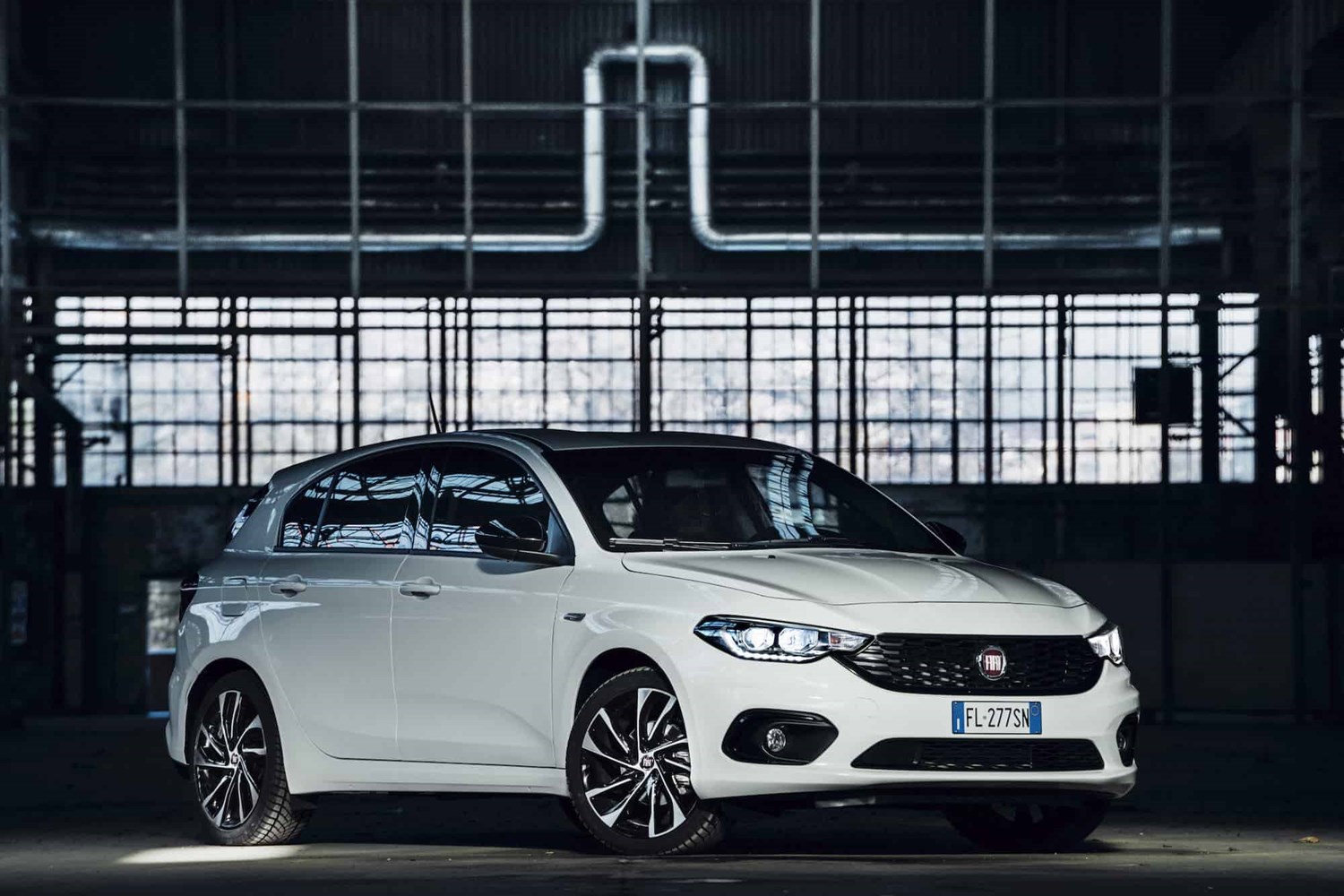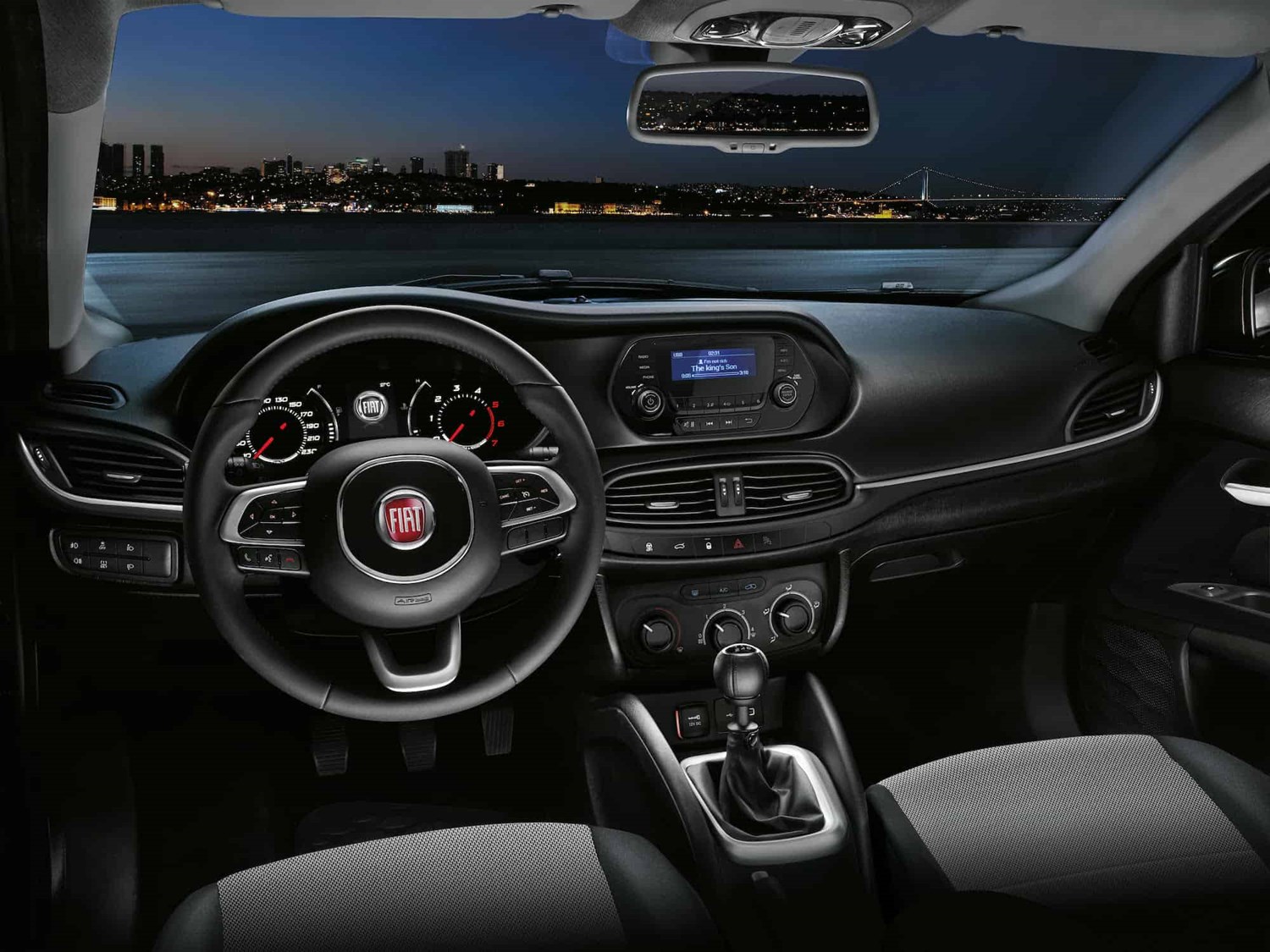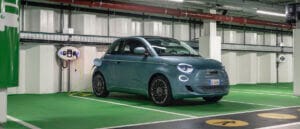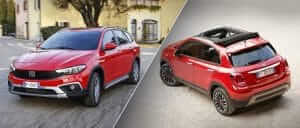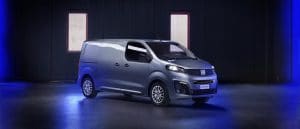Current model
As mentioned before, the latest Tipo began production in 2015. It’s offered as a five-door hatchback and as an estate. A saloon was offered too, but not in the UK. The car aims at giving buyers an affordable and practical alternative to mainstream rivals such as the popular Ford Focus and Vauxhall Astra. Plus, despite being one of Fiat’s more clinical models, it’s still fairly stylish, especially as they’re not as common as the competition.
Inside, the Tipo’s cabin feels a tad uninspiring, lacking some of the charm and charisma models like the 500 are renowned for. It’s a tad dull for a Fiat – a point emphasised by a range of rather drab paint colours. That said, all the buttons and switchgear are laid out nice and clearly. Overall, for the segment and price tag, the interior isn’t bad, just simply average.
Those after a sporty driving experience will most likely be disappointed with the Tipo. Again, it’s not terrible – the steering has a good amount of weight to it and there’s plenty of grip – but falls more on the side of comfort than it does dynamics. Its ride is quite soft and subtle – admittedly resulting in some body lean through corners – meaning it proves a sufficient long distance cruiser.
Value for money
The Tipo is a bit of a bargain in the segment, starting at £14,905. Considering the Ford Focus and Vauxhall Astra both are priced from over £18,000, the Fiat’s price point is also one of its biggest strengths. And to add to that, entry-level models are pretty well equipped.
On the used market, there isn’t an abundance of original Tipos, but finding a good one is doable – examples start around £2,000. For the more common, current version, expect to pay upwards of £5,000 for one in good condition – still a great price.
Looks and image
The Tipo’s styling, while not ugly by any means, doesn’t stand out from the crowd. It’s just not very eye-catching or unique. This may not necessarily be a negative for some, but other’s will be left craving that little bit more pizzazz and character. The Tipo looks fairly aggressive from the front but doesn’t do much to turn heads anywhere else.
Fortunately, buyers can opt for the Sport version, which helps spruce up the car’s appearance with some racy accents such as a front splitter, side skirts, a rear spoiler and glossy black details.
